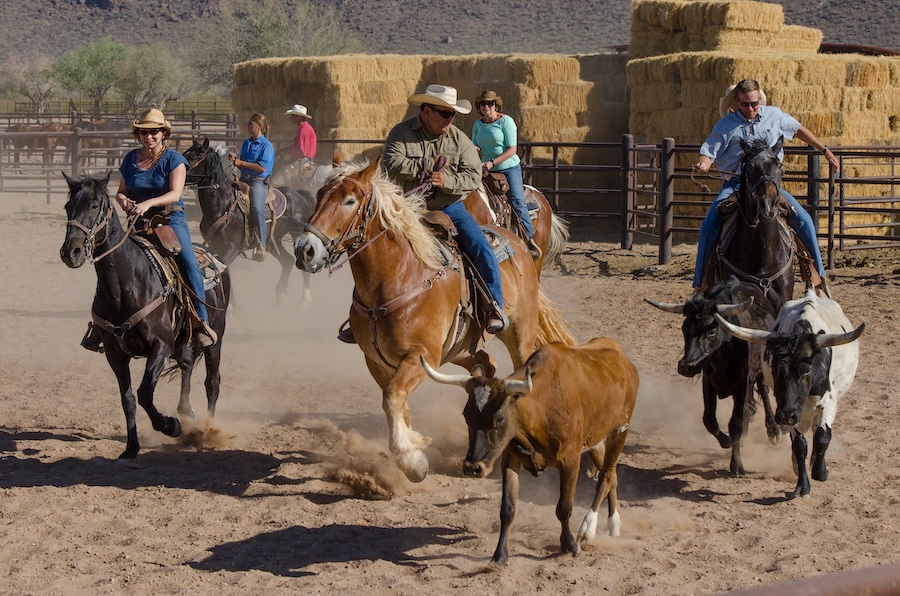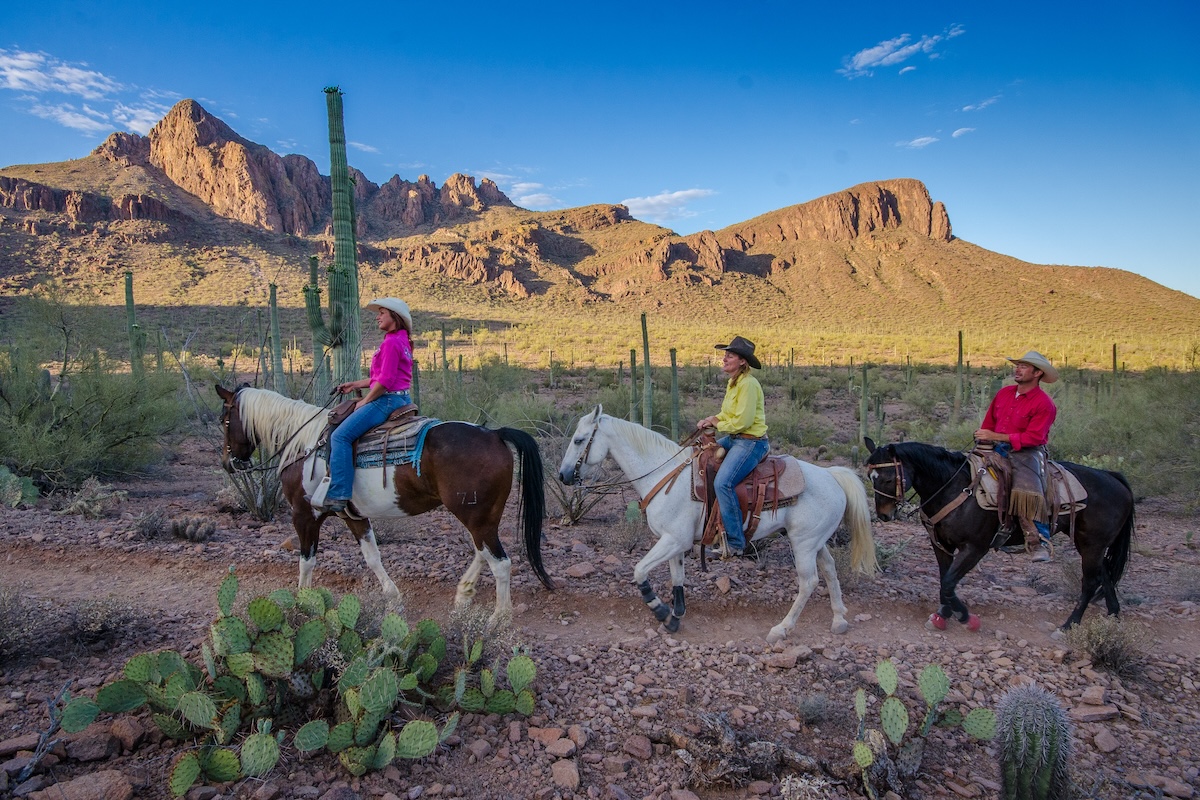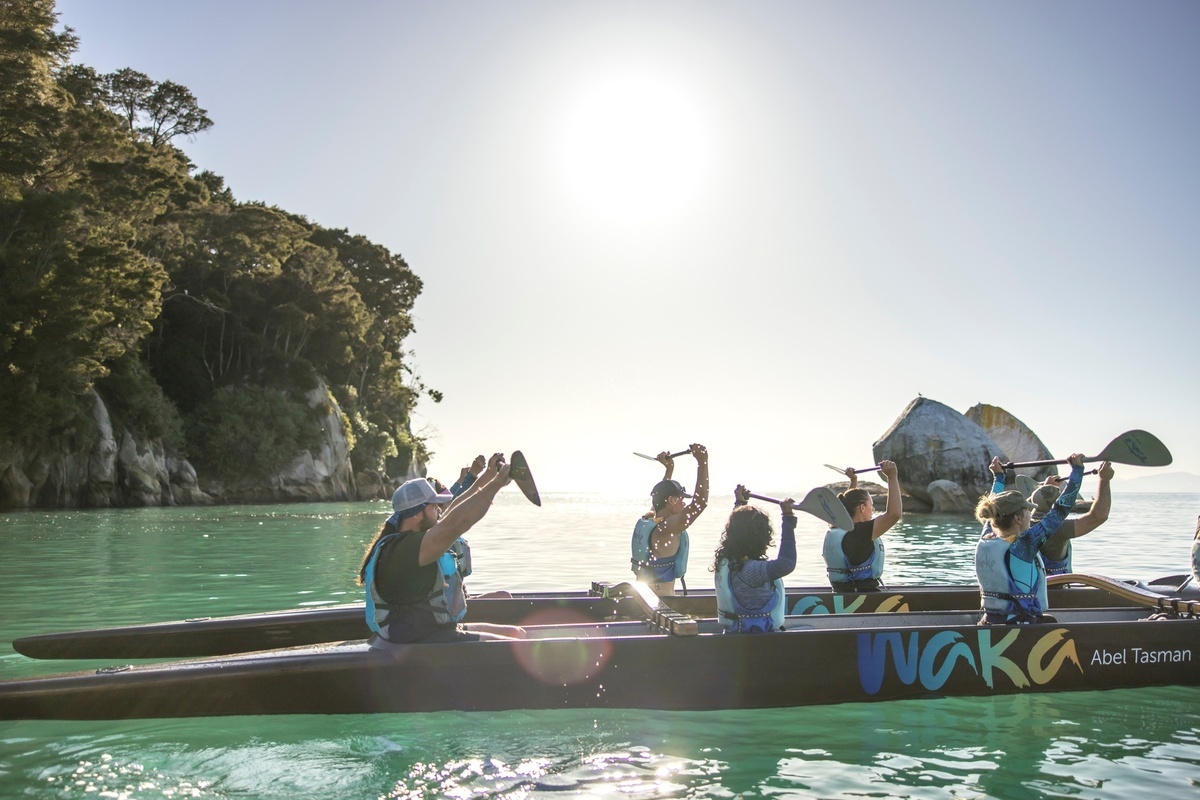Skift Take
Outdoor activities and events are more popular than ever, but this means more pressure to avoid the pitfalls that can come with large crowds. Safety and sustainability are paramount. Here are three best practices to ensure a foolproof checklist for outdoor activities.
Outdoor activities and events experienced an explosion in popularity during the height of the pandemic, but the trend started long before and doesn’t appear to be losing steam. The Department of the Interior announced that visitor spending in communities near national parks in 2022 resulted in a record high $50.3 billion benefit to the nation’s economy and supported 378,400 jobs. This boom is fantastic for business and yet more proof of the public’s growing appreciation for natural splendor, but there’s a catch: The risk of so-called “overtourism” means that visitors have to be more mindful of their impact. Meeting and event planners have a key role to play in managing outdoor events and activities as responsibly as possible.
Efforts to curb overcrowding may even mean that planners have to book activities and events even further in advance. Eight national parks across California, Colorado, Hawai‘i, Maine, Montana, and Virginia now require visitors to reserve their spots in advance.
It may also be worth checking which places have updated their infrastructure. Horseshoe Bend in Arizona has experienced exponential growth in popularity over the last two decades — going from a few thousand annual visitors in the early 2000s to 100,000 in 2010 to over two million today — and the local government has responded by building out the park’s capacity. In addition to adding a much larger parking lot, Horseshoe Bend has installed public restrooms, a safety rail along the primary viewing spot, and a fully ADA-compliant and stroller-friendly trail.
3 Ways to Optimize Your Checklist for Outdoor Activities
What else should planners keep in mind when evaluating potential sites and building out an activity plan? Skift Meetings worked with the Arizona Office of Tourism to put together a downloadable set of planner checklists for outdoor activities. The checklist is the perfect cheat sheet to help you manage outdoor venue logistics, design around the weather, and coordinate supplies and accessories.
Here are three best practices to keep in mind when you go through your checklist:
1. Start With the Right Questions
One of the trickiest parts of event planning involves designing solutions to problems that don’t exist yet. Meeting professionals need to ask themselves every variation of, “What could go wrong?” — and plan accordingly.
Larger crowds at outdoor sites often means that more services and facilities will be available nearby, but it can also mean more traffic congestion. For this reason, it’s all that much more essential to have everything you need available on the ground.
“The main thing is being prepared for whatever circumstances are going to arise. We need to make sure we have all the necessary materials and equipment out there,” said David Lengyel, co-founder of Phoenix-based team-building agency Venture Up.
“It’s really easy to run programs when everything runs perfectly, just like it’s easy to be a coach when everybody’s winning,” he added. The true test of a well-planned event comes when obstacles arise and everything still continues to run smoothly.
Sample Questions for Outdoor Activities
In addition to reviewing our checklist for planning outdoor events, ask yourself the following questions:
- Are you flexible with how many people can participate?
- What happens if people show up late?
- Is there a contingency plan around bad traffic or weather?
- Is there an emergency plan in place if someone gets sick or is injured?
- Do any of your participants have allergies or medical conditions that pose additional risks for the activity?
- Does the site meet the accessibility needs of all participants?
Preparing for emergencies, for example, can range from establishing emergency contacts beforehand and bringing a first-aid kit all the way to having a dedicated EMT or paramedic on site. While emergencies are unlikely, it’s always best to have a plan in place.
And while more parks are installing cell towers — sometimes even disguised as trees or cacti — it’s a good idea to check if the area will have cellphone reception.


2. Find an Experienced Agency Specialized in Outdoor Activities
Of course, it’s unreasonable to expect a meeting professional to become an expert in a new terrain overnight. Partnering with an experienced agency or tour operator can go a long way to ensuring that everything stays on track.
More and more regions are even instituting rules around this best practice. For example, the country of Nepal started requiring all tourists who trek in the Himalayan region to hire local assistance as of April 2023. But even in regions where mishaps are much less likely to escalate into a full-blown search and rescue mission, it’s still wise to have expert guidance on hand.
This is especially true for larger groups. “When you start getting 50 people out there, you have to do more to control the experience,” said Lengyel.
While Raft Arizona provides a handy guide on what to bring for DIY rafting adventures, they also note that many favorite spots require visitors to use an authorized tour operator.
Safety, Adventure, and Learning
An experienced partner can also help keep your activity on schedule while maximizing the sense of wonder and adventure for everyone involved.
Jon Colby, program manager for REI Co-op Adventure Center Arizona, explained, “We can get a group of 60 or 80 people out into the desert or out onto the river, keep them relaxed so they can enjoy that experience, but be mindful of the schedule that their planner has provided us. That way they stay on schedule without feeling rushed so they can enjoy the experience.”
And although it’s wise to be prepared for the worst, Colby noted that an experienced tour agency can help to reassure participants that the great outdoors aren’t as dangerous as some sensationalized stories might have them believe. “They don’t need to be intimidated by the idea of going into the desert with all kinds of interesting things that might sound threatening, which really aren’t at all. They’re with people who are going to ensure their well-being.”
It’s key to have a guide who can recognize wildlife — not just to reassure participants of their safety, but to share knowledge about the natural world. “We can talk about Gila monsters or Red-tailed Hawks, but if we actually get to see one, it really makes the experience a lot deeper,” said Colby.
3. Follow the Guidelines of Leave No Trace
One of the golden rules of outdoor recreation is to leave the environment as you found it. In some cases, permits for outdoor events are even contingent upon maintaining this promise. Burning Man made headlines in 2023 when the event’s festivities ground to a halt following rains that reduced the terrain to impassable mud. What some may not know is that the mud made clean-up efforts that much more difficult — and that Burning Man’s permit for use of public land is dependent on passing the U.S. Bureau of Land Management’s post-event inspection.
Even when permits don’t require the utmost vigilance, meeting and event planners have a responsibility to counter the effects of overtourism by minimizing their footprint. Fortunately, the non-profit organization Leave No Trace has helped to develop guidelines for those who want to enjoy nature responsibly.
The organization’s seven principles include tips on:
- Limiting soil erosion by sticking to established trails and campgrounds
- Making sure to manage waste properly
- Respecting wildlife
They’ve also put together social media guidance on the most mindful ways to share trip highlights online.
Make an Outdoor Activity Checklist
It may not be easy to plan outdoor activities and events, but the rewards are worth it. There are few joys more profound than experiencing breathtaking scenery under the open skies.
To help ensure your next outdoor adventure goes off without a hitch, download our handy checklist.
Download Your Checklist
This content was created collaboratively by the Arizona Office of Tourism and Skift’s branded content studio, SkiftX.






